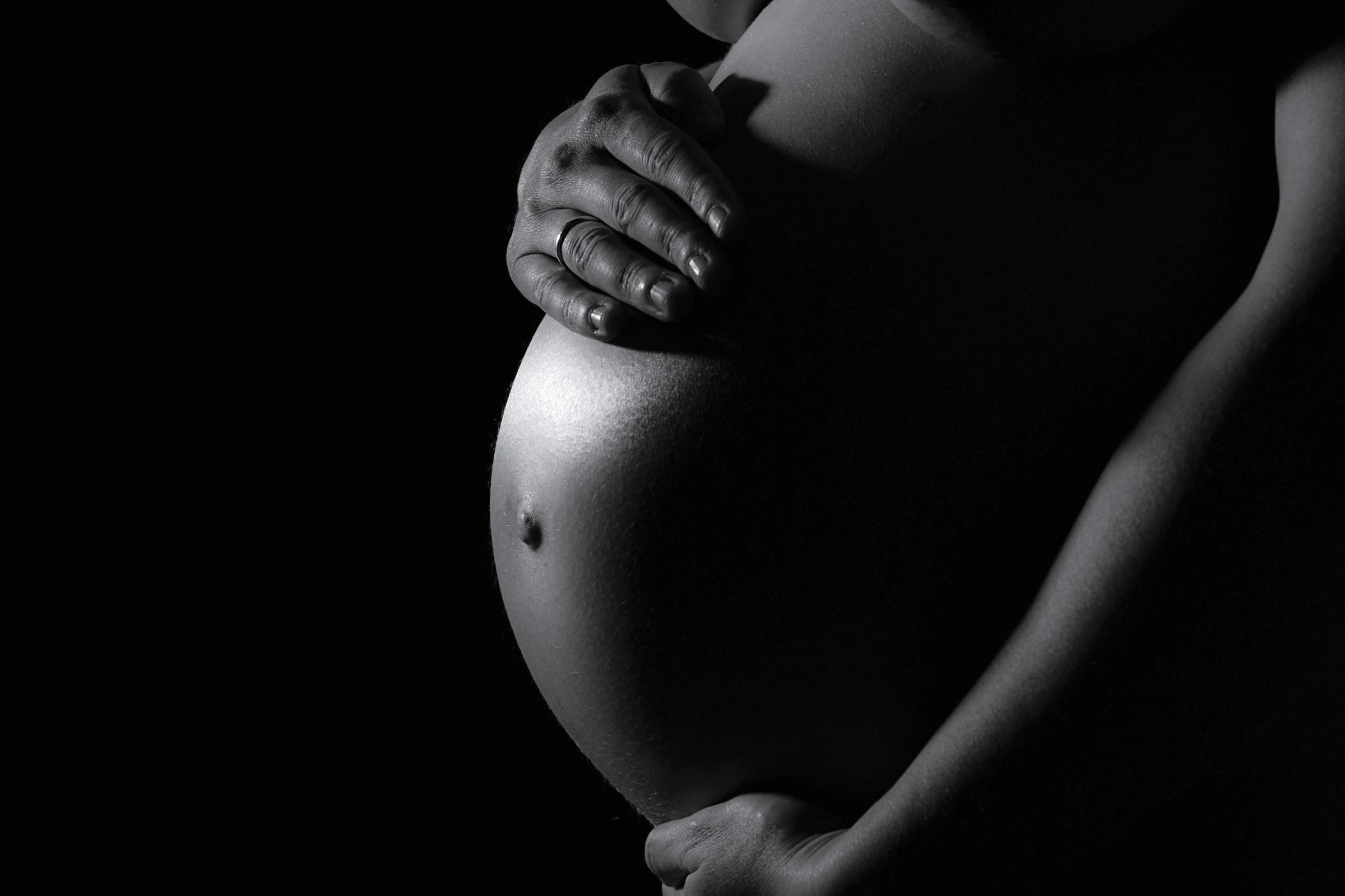
Like many couples planning a future together, Tessa Hines and her fiancé hoped to buy a home and have a baby. An infection after an appendectomy left Hines unable to conceive naturally, but when the couple consulted a private fertility clinic near their home in Norfolk, England, they were astonished to see the costs mount up to more than $12,000.
That’s a standard price for an IVF cycle in much of the developed world, while in many developing nations there is no treatment at all. But now a pioneering low-cost IVF system that has begun treating patients in Ghana could offer hope to thousands of people like Hines, both in the West and in poorer nations where infertility carries debilitating social stigmas.
Costing around $500 for a basic cycle, the method developed by the Walking Egg nonprofit organization at the University of Genk in Belgium strips away the expensive incubators, carbon dioxide supply and sterilization systems needed for fertilization outside the body. It is the carbon dioxide that creates an acidity level replicating the conditions in the uterus, and the scientists discovered that they could achieve the same result using a simple mix of citric acid and sodium bicarbonate—the same chemicals that make the Alka-Seltzer antacid fizz in your glass. “For a long time, because it seemed so easy and so simple, people didn’t believe it would work,” says Belgian gynecologist Willem Ombelet, a co-founder of the Walking Egg.
Ombelet was compelled to act after seeing the human cost of infertility when working in sub-Saharan Africa. “If you are childless, this is a real disaster,” he says. “You can lose a husband, your own family doesn’t want to see you any more. It can end in depression, suicide.”
International donors paid little attention, more interested in controlling populations in sub-Saharan Africa than making more babies. Nevertheless Ombelet persevered, and worked with other fertility specialists from around the world to develop the technology. In November 2012, the Walking Egg celebrated their first pregnancy, and 40 babies have now been born in trials in Belgium. The original aim was to find a solution to infertility in poor countries, but when the team presented their findings at a conference in London in July 2013, they saw an explosion of interest. It turned out the cost of IVF was a barrier even in the richest nations in the world.
So they developed a new business model—sell their technology to clinics around the world and use the profits to bring IVF to the needy. Patients in rich nations would still get their treatment at about a fifth of the cost at most private clinics, allowing the charitable arm of the project to bring the costs in the developing world down to as little as $150 per cycle.
Getting approval in multiple countries has been tough. After Geeta Nargund, a senior consultant gynecologist and the medical director of the Create Health Clinics in London, heard about the Walking Egg, she immediately began setting up a trial at her clinic. But making sure everything adhered to U.K. regulations has been a struggle. After more than two years of work, the trials are now due to begin soon.
She has also faced skepticism from other fertility specialists working in the lucrative private sector. “It’s like the saying by Mahatma Gandhi—people will first laugh at you, then they obstruct you, and eventually they’ll join you when they know that is the right thing,” says Nargund. “But the change is always a difficult one to achieve.”
In Ghana, the Walking Egg found a partner hospital and started a full treatment program for 20 patients at the end of November. It was the first time the Walking Egg technology was put to the test in the field in a low-cost laboratory, and the team are now working to find the best medication for the climate. Another treatment program started in Kenya in January, and if the two African projects prove a success, the Walking Egg will start offering IVF to patients in Cyprus and Portugal next year. “It’s absolutely essential that we make IVF fertility treatments accessible to all, in the interests of promoting social equality,” says Nargund. “It’s a bigger picture for me than just making IVF a little bit cheaper.”
More Must-Reads from TIME
- Donald Trump Is TIME's 2024 Person of the Year
- Why We Chose Trump as Person of the Year
- Is Intermittent Fasting Good or Bad for You?
- The 100 Must-Read Books of 2024
- The 20 Best Christmas TV Episodes
- Column: If Optimism Feels Ridiculous Now, Try Hope
- The Future of Climate Action Is Trade Policy
- Merle Bombardieri Is Helping People Make the Baby Decision
Contact us at letters@time.com